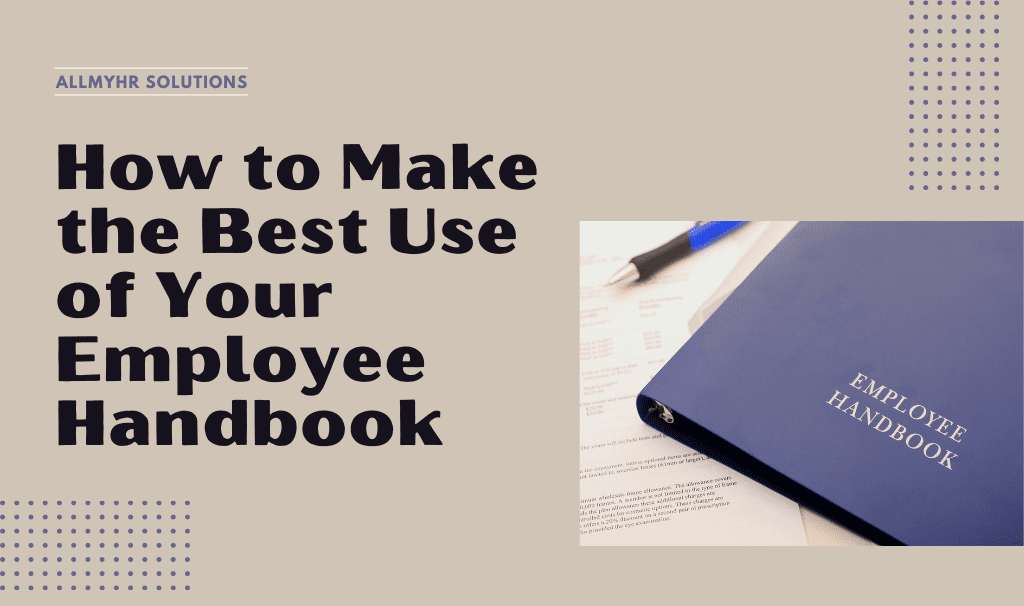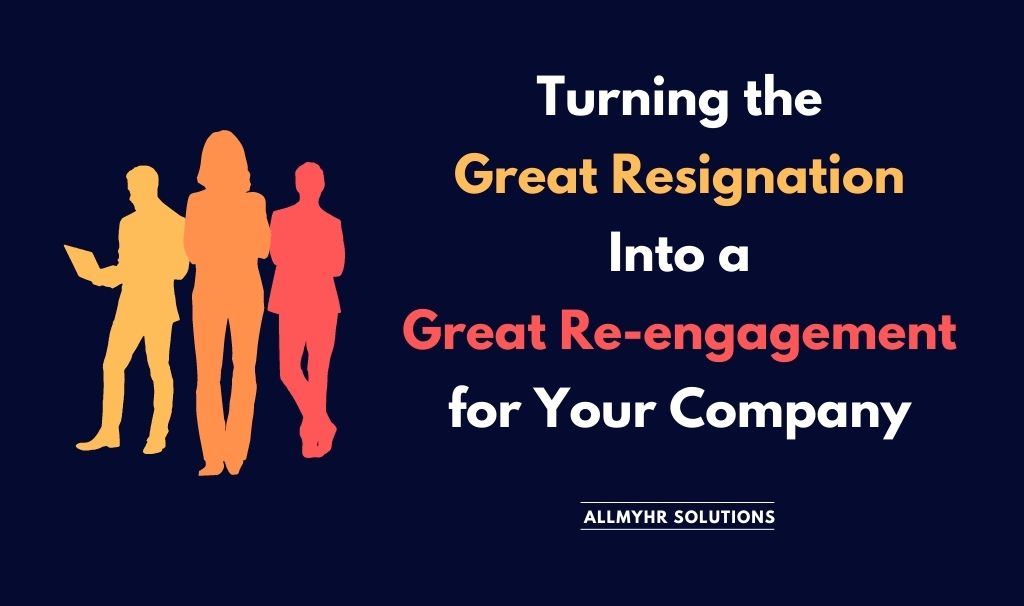- Rising temperatures are making heat exposures more dangerous
- But there are things you can do to prepare for heat related illness at work
- Some factors can make the risks worse employee by employee
Temperatures are getting higher every year. Long-lasting heat waves are becoming more and more common. For anyone who doesn’t work somewhere climate controlled, these widespread temperature increases can be dangerous. All of this underscores a need to focus on heat safety.
In 2019, 43 work-related fatalities occurred due to heat exposure, according to the U.S. Bureau of Labor and Statistics. In fact, between 2011 and 2019, BLS reports that 144 workers died from heat exposure in construction, repair, or cleaning. Another 54 workers died while conducting materials handling operations in extreme heat. In 2016, according to Safety+Health magazine, nearly half of all jobs required working outdoors. That’s a lot of people working in hazardous conditions.
Protecting employees from extreme heat is just as important as protecting them from sharp objects or car accidents. It really could save lives. In fact, OSHA states that employers must provide a workplace free of known hazards, and this includes extreme heat.
But the world can’t grind to a halt simply because it’s hot outside. This is especially true in places where it’s always hot outside. So how can you help make sure your employees stay healthy and safe?
COVID-19 put employee safety at the forefront of many businesses’ priorities. Heat safety should be no different. A safe work environment has become more important than ever. A safe workplace gives employees a lot less to worry about. They can instead focus on contributing their best and being productive each day. A focus on heat safety isn’t just about comfort. It’s about giving your employees clearance to feel safe and valued.
Defining Heat-Related Illness
So, what exactly causes a heat-related illness? According to OSHA, in a warm environment the body relies on heat dissipation to cool itself. Normally this happens from sweat evaporating off the surface of the skin. This is especially important for people who have active, strenuous jobs. And as everyone knows, you can accelerate heat dissipation by moving somewhere cool, like to a shady spot.
However, without adequate heat dissipation, internal body temperatures can rise to dangerous levels. Over time this causes thirst, irritability, cramping, rash, or heat exhaustion and heat stroke. Signs of heat stroke include confusion, slurred speech, and unconsciousness. Anyone noticing these symptoms in a fellow employee should call 911.
According to the CDC, heat can also increase the general risk of injury in workers. It can lead to foggy safety glasses or goggles, sweaty palms, and dizziness. Burns can also occur as a result of contact with hot working surfaces.
It’s paramount that employees and managers watch out for each other while on the job. Being able to recognize the signs and symptoms of heat stress is so important. Safety+Health magazine has some tips on how to recognize and treat heat stress in a fellow employee.
Symptoms of Heat Stress:
- Feeling faint or dizzy
- Excessive sweating
- Cool, pale, clammy skin
- Nausea or vomiting
- Rapid, weak pulse
- Muscle cramps
Treatment:
- Get to a cool, air-conditioned space
- Drink water if fully conscious
- Take a cool shower
- Use a cold compress
Heat stroke symptoms:
- Throbbing headache
- No sweating
- Body temperature above 103° F
- Red, hot, dry skin
- Nausea or vomiting
- Rapid, strong pulse
- Loss of consciousness
Treatment:
- Call 911
- Take immediate action to help cool the worker until help arrives
For more information on other heat-related illnesses, review OSHA’s heat stress guide.
The Official Guidance on Heat Safety
OSHA states that dangerous heat exposure can happen indoors or outdoors and during any season. Millions of U.S. workers are at risk of dangerous heat exposure in their workplace. This affects both outdoor and indoor occupations as well. Outdoor workers are at special risk, including agriculture, construction, mail delivery, oil, and landscaping workers. For indoor workers, there is heightened risk in bakeries, kitchens, mills, fire service, manufacturing, and more.
For example, according to NBC News, U.S. farmworkers are 20 times more likely to die from a heat-related illness than workers overall. Currently, farmworkers labor through an average of 21 unsafe working days when the heat index reaches above 84° F. As temperatures continue to rise, this figure is expected to grow. Therefore, lawmakers are calling on OSHA to enact an enforceable standard to protect workers from the heat. Currently, OSHA only has regulations and recommendations.
But you don’t have to wait for OSHA to act to make your workers safe. Employers can act on their knowledge about the dangers of heat exposure. They have the power to enforce higher standards to protect workers and be aware of the dangers they face.
This isn’t as simple as saying you can’t let people work outside if it’s hot. It means maintaining awareness of the factors that contribute to heat stress. For example, if workers are wearing clothing that holds in body heat and reduce heat dissipation, that’s a risk. Environmental factors like sunlight and humidity can also contribute to it. Artificial heat sources like machinery, ovens, etc. are also a factor. Lastly, location plays a big part too. Are your workers in a confined space with an oven? Are they working outdoors without shade on a paved surface?
Preventative Measures
Whether the heat is natural or artificial, it can be tricky to know when things have arisen to a point of concern. Fortunately, OSHA recommends this device to measure heat stress in any environment.
Prevention and planning are your best friends when thinking about safety. That’s as true for heat stress as it is for any other kind of injury. Workers new to a job or not yet acclimated to hot weather are at heightened risk. They don’t expect the toll the heat can take on their bodies. Nor have they built up a tolerance to it.
In 2012 and 2013, 17 out of 23 workers who died from a heat-related illness were in their first 3 days of work. Eight workers died during their first day on a job.
Acclimating employees to a hot environment matters. Safety+Health reccomends caps on workloads for new employees, or those returning from time away. It’s recommended they do 20 percent of an average day’s work when they return and increase a little each day. Each increment should be no more than 20 percent.
When a heat wave sets in, employers and managers should follow a similar rule. At the start of the wave, have workers perform just 50 percent of their work that first day. Bump it up to 60 the next day, and 80 the next. This allows a workers’ body to build a tolerance to the heat. It will let them get used to performing routine tasks, such as lifting objects, that might be hotter than normal. Managers should not expect their employees to always output at 100 percent in extreme conditions.
Maintaining a Focus on Heat Safety
Although acclimatization is crucial, there are some other ways to prevent heat-related illnesses in your workplace. In 2005, California set a heat standard for outdoor workers. Their standards included the following recommendations for helping to mitigate heat-related illnesses:
- Having clean, cool water available for workers
- Offering shaded areas for when temperatures exceed 80° F
- Ensuring at least a 10-minute rest break every two hours when temperatures reach 95° F
- Promoting consumption of 4 cups of water per hour
- Rescheduling hot jobs for cooler hours of the day, such as before sunrise
- Monitoring workers wearing clothing that does not allow for much heat dissipation
Guidance for Managers
This guidance is simple for managers and team leads to incorporate each day. There are also ways to decrease the chance of heat-related illnesses on the job with engineering controls. According to OSHA, there are a few ways employers can mitigate heat-related illnesses:
- General ventilation dilutes hot air with cold air and is usually a more cost-effective option. An installed ventilation system can handle entire buildings. A portable exhaust system can be effective in smaller areas.
- Air cooling systems reduce the temperature of the air by removing heat (and humidity) from the air. These include air conditioning and local air cooling. Local air coolers are more cost effective and can reduce air temperature in specific areas. Some workplaces have a designated “cool room” in a nearby area for recovery from hot jobs. Another way to reduce heat stress is by placing fans in a workspace to cool workers. However, fans are only effective if the air is already cooler than the workers’ skin (less than 95° F).
- Heat conduction blocking includes insulating hot surfaces that generate heat and changing the surface itself. Simple devices like shields can be used to reduce radiant heat.
Recommendations from OSHA
In addition to improving a worksite, employers should provide PPE to workers to help prevent heat stress. OSHA recommends the following PPE:
- Reflective clothing can reduce the amount of radiant heat reaching the worker. However reflective clothing only works if it still allows for heat dissipation and sweating. Reflective clothing should be worn as loosely as possible to allow for sweating and evaporation.
- Auxiliary body cooling ice vests can be heavy, but they can hold up to 72 ice packs. The cooling can last 2 to 4 hours depending on the heat load. They require frequent replacement as the ice melts, but they’re simple to replace and relatively inexpensive. OSHA also states that ice vests allow for maximum mobility and do not encumber the worker.
- Wetted clothing is another simple and inexpensive personal cooling technique. It’s especially effective when used with reflective clothing and with good air flow and low humidity.
- Water-cooled garments range from hoods, vests, or “long johns” which allow for partial or complete cooling. This equipment requires a battery-powered pump, a liquid-ice coolant, and a container. It limits the mobility for the wearer so this may make this option better for low-activity jobs.
- Circulating air is the most highly effective, yet most complicated, personal cooling system. It directs compressed air around the body from a supplied air system. This improves both evaporative and convective cooling. Circulating air, however, is noisy and requires attachment to an air hose for a constant supply of compressed air. This can limit the worker’s mobility. In addition, because the air circulation feels cool, workers may not drink enough water while using this method.
Communicating a Focus on Heat Safety
You should talk about heat-related illness regularly with your teams. This is true of every workplace, but especially so if you have people working outside. OSHA has some tips on discussing heat safety with your employees:
- Know the hazards of heat stress
- Recognize predisposing factors, signs, and symptoms
- Be aware of first aid procedures, and the potential health effects, for heat stroke
- Understand employee responsibilities in avoiding heat stress
- Know the dangers of using drugs, including therapeutic drugs, and alcohol in hot working environments
- Require the use of the correct PPE
Personal Risks to Focus on for Heat Safety
Workers should be conscious of the risk of heat-related illnesses on the job. There are a number of factors that can increase the risk for heat-related illness. OSHA cites these personal risk factors:
- Obesity
- Diabetes
- High blood pressure
- Heart disease
- Lower level of physical fitness
- Use of certain medications such as diuretics and some psychiatric or blood pressure medications. Some medications limit an individual’s ability to sweat, minimizing a key sign of heat stress
- Alcohol use
- Use of illicit drugs such as opioids, amphetamines, or cocaine
Employers should recognize that not all workers can tolerate the heat in the same way. Workplaces should focus on making jobs safe for all employees. OSHA recommends workplace medical monitoring programs. These can identify workers who are at an increased risk of heat stress while maintaining their privacy.
Wrapping Up
There are many ways to help increase a focus on heat safety. You can make simple changes during a workday, like more effective PPE. You could also pay closer attention to air cooling in your work environments. Making heat safety top-of-mind for your employees helps them see risks at work and among their coworkers. Keeping your workers safe should be your top priority. Keeping an eye on heat safety will ensure that your employees stay healthy, happy, and productive in the future.









